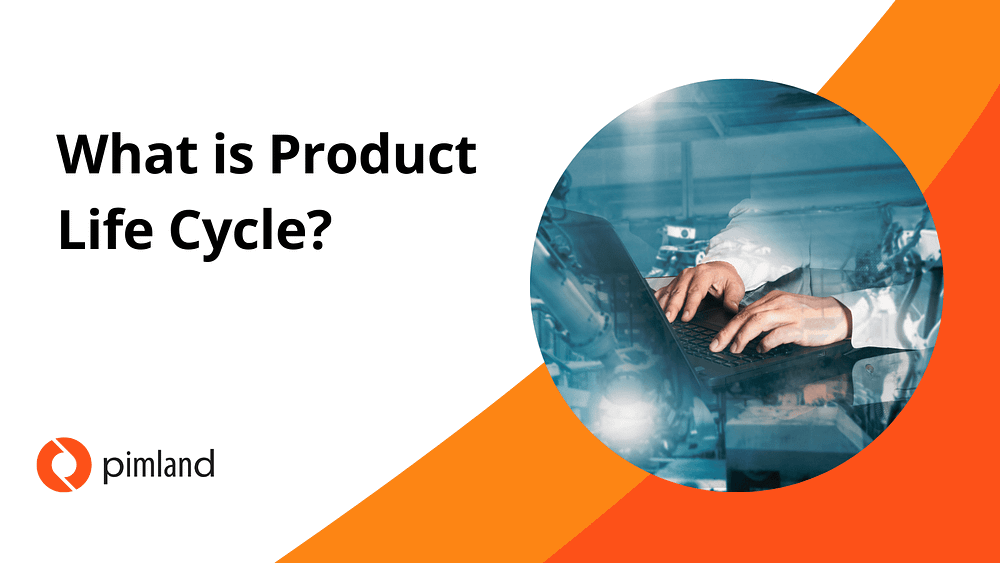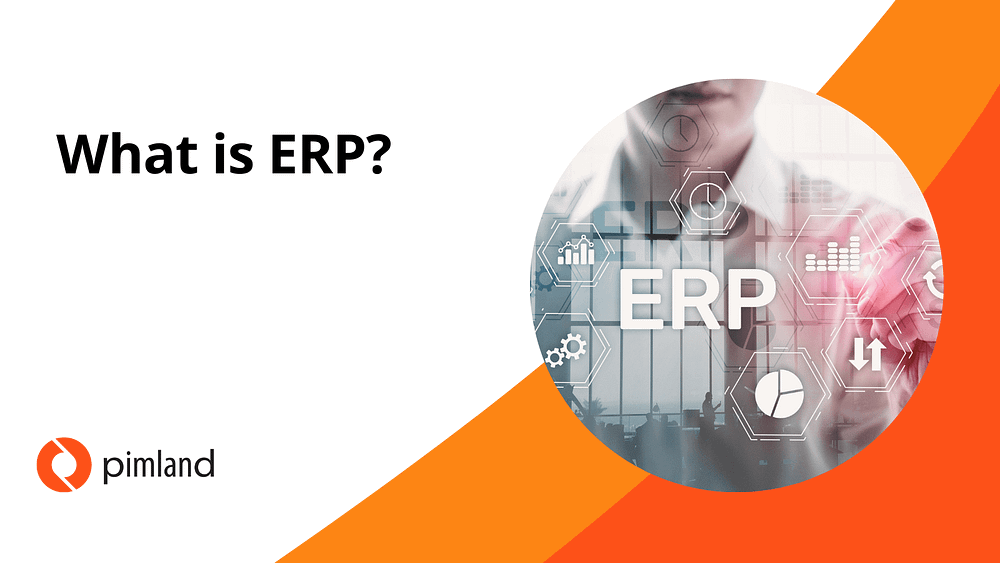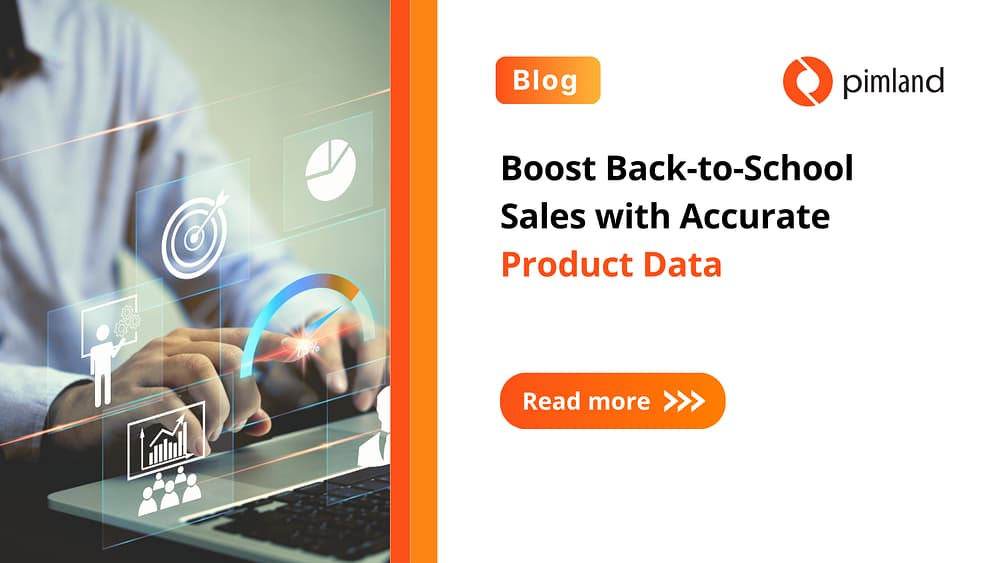What Does PLM, PIM, and ERP Mean for your Business?
PLM, PIM, and ERP are three critical systems that enhance business operations by streamlining different aspects of product management and enterprise processes. These systems enable companies to manage their products more effectively, ensure data consistency, and optimize overall business operations.
But what do they mean for your business? Do you need to integrate it into your work process? What are the benefits of doing so? If you are ready, let’s start!
What is Product Lifecycle Management?

PLM, or Product Lifecycle Management, encompasses the processes and technologies used to manage a product from its inception through design, manufacturing, and service and disposal. It involves systematically handling all information related to the product throughout its lifecycle.
PLM typically includes product data management (PDM), product design and development, manufacturing process management, and collaboration tools to facilitate team communication.
Product Data Management (PDM) focuses on maintaining and organizing product-related data, ensuring consistency and accessibility across the lifecycle. Product design and development entail the iterative processes of conceptualizing, designing, and refining products to meet market demands and customer needs.
Manufacturing process management oversees the planning, execution, and optimization of manufacturing processes, ensuring efficient production. Collaboration and communication tools are integral, enabling seamless interaction and information sharing among stakeholders throughout the product lifecycle.
Numerous industries benefit from PLM implementation. For instance, automotive companies use PLM to manage complex product configurations and ensure compliance with safety standards. Aerospace firms rely on PLM to coordinate supply chains and maintain regulatory compliance. Consumer goods companies leverage PLM to innovate rapidly and respond swiftly to market trends. These examples illustrate how PLM can be tailored to meet specific industry needs, driving efficiency, innovation, and competitiveness.
Benefits of PLM for Businesses
PLM offers several advantages to businesses. It enhances product quality and innovation by providing structured processes for design and development. Improved collaboration and communication foster better teamwork and alignment across departments, enhancing efficiency and reducing errors. PLM also reduces time-to-market by streamlining workflows and approvals, enabling faster product launches. Moreover, PLM supports cost efficiency and risk management by optimizing resources, minimizing waste, and identifying potential issues early in the product lifecycle.
What is Product Information Management?

Product Information Management (PIM) refers to the processes and technologies used to manage and enrich product information across an organization’s ecosystem. It involves centralizing, organizing, and synchronizing product data to ensure consistency and accuracy throughout its lifecycle. PIM systems typically support data enrichment, quality control, and multi-channel publishing, enabling businesses to manage and distribute product information effectively.
PIM allows businesses to;
- Centralized Product Data Repository: A central database or repository where all product information is stored and managed, ensuring a single source of truth.
- Data Enrichment and Quality Control: Processes for enhancing product data with attributes, images, and descriptions while maintaining data quality through validation and governance.
- Multi-Channel Publishing: Can publish product information across various sales channels, including e-commerce platforms, print catalogues, and mobile applications.
- Integration with Other Systems: Seamless integration with other business systems such as e-commerce platforms, ERP (Enterprise Resource Planning) systems, and CRM (Customer Relationship Management) systems to ensure data consistency and efficiency.
Benefits of PIM
Product Information Management ensures consistent and accurate product information across all channels, which helps reduce errors and enhances customer trust. By providing customers with precise and detailed product data, PIM significantly improves their buying experience and satisfaction.
Moreover, PIM centralizes product information management processes, effectively reducing manual effort and enhancing operational efficiency. This centralized approach streamlines workflows and enables faster time-to-market for new products.
PIM facilitates targeted campaigns and enables efficient sales operations, supporting enhanced marketing and sales efficiency. Overall, PIM is crucial in optimizing product information handling, driving business growth and customer loyalty.
What is ERP (Enterprise Resource Planning)?

Enterprise Resource Planning (ERP) systems are comprehensive software solutions that integrate core business processes within an organization. ERP’s definition and scope encompass managing various aspects of a company’s operations, including financials, supply chain, inventory, human resources, customer relationships, and manufacturing.
- Financial management for budgeting and accounting
- Supply chain and inventory management for optimizing logistics
- Human resources management for employee lifecycle management
- Customer relationship management (CRM) for enhancing customer interactions
- Manufacturing and production management for streamlining operations
Benefits of ERP
When integrated into business processes, ERP systems improve efficiency and productivity, provide real-time data and reporting, and enhance decision-making and strategic planning. ERP implementation is seen in diverse industries, such as manufacturing, retail, healthcare, and services, where seamless integration of business functions is critical for operational success and growth.
Integrating PLM, PIM, and ERP for Maximum Business Impact
Integrating Product Lifecycle Management (PLM), Product Information Management (PIM), and Enterprise Resource Planning (ERP) systems is crucial for maximizing business impact. This integration is important because it seamlessly aligns product development, data management, and business operations, leading to efficiency gains and competitive advantages.
Strategies for successful integration involve assessing business needs and objectives to ensure alignment with strategic goals, selecting the right software solutions that can integrate effectively, maintaining data consistency and accuracy across systems, and implementing comprehensive training and change management programs to support staff adoption.
Integrating PLM, PIM, and ERP into your business simultaneously might be challenging, but the integration process should allow each to work together harmoniously. The product pool with this ability is small, making companies turn their backs on something that could have been great. When choosing a product of your liking, you must also consider the company’s experience within your specific sector. PIMLAND has a solution to all your concerns. Its team of experts are specialists in PLM, PIM and ERP, and all the systems work together within one platform, allowing you to focus on other projects.


